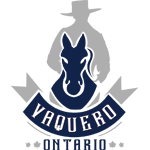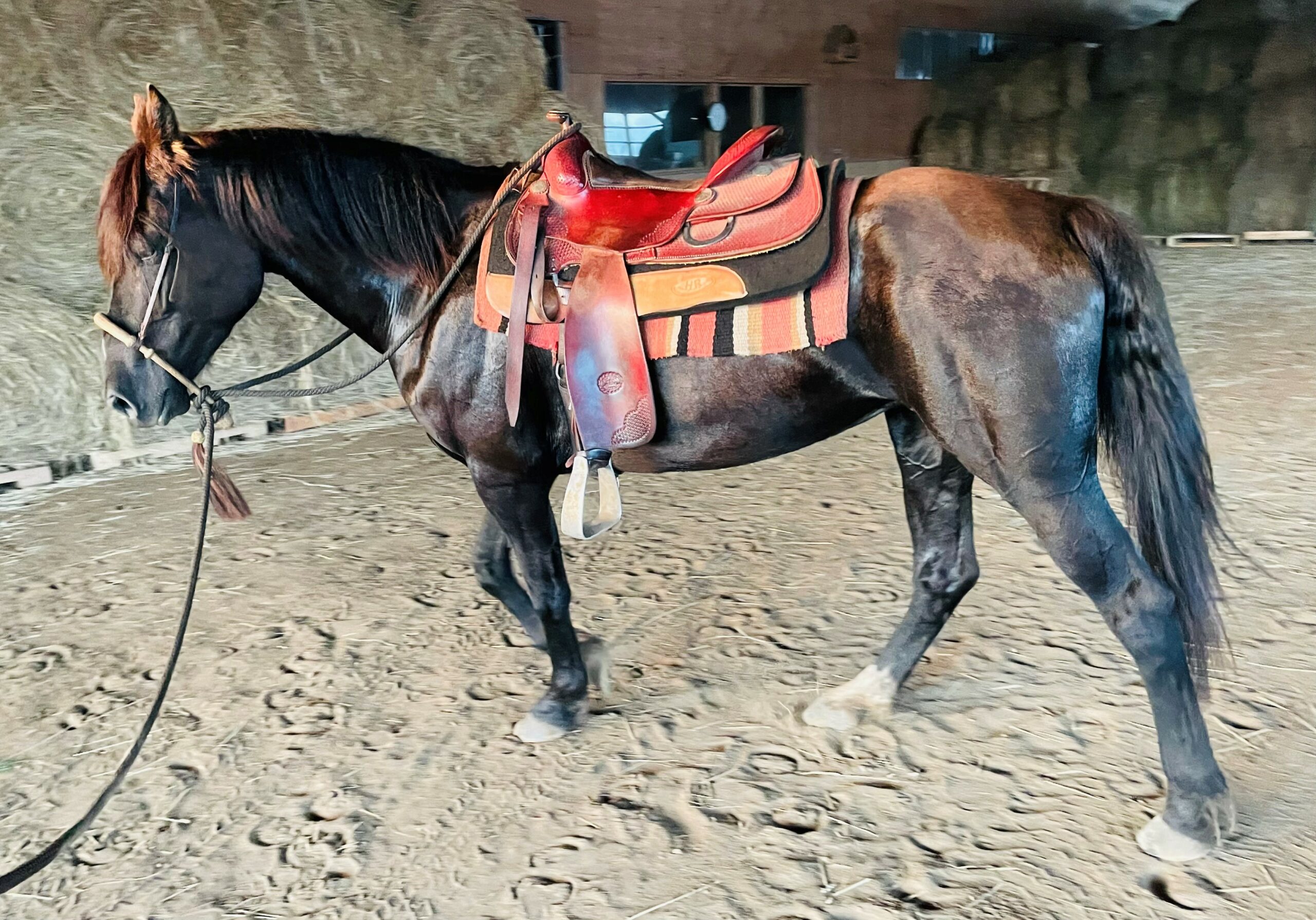When it comes to working with horses, one of the biggest challenges people face is their own ego. Far too often, the ego gets in the way of the horse-rider relationship. There’s a saying that “broken people make the best horsemen,” which is a theme explored in the movie Buck. Buck Brannaman, for instance, had a difficult childhood marked by harsh treatment from his alcoholic father, which eventually led to his removal from his father’s custody.
The Dorrances
There’s a theory that Tom Dorrance, one of the pioneers of natural horsemanship, may have been autistic, but I’ve never heard anyone suggest the same about his brother Bill. Perhaps people are romanticizing the Dorrances’ deep understanding of horses. It’s clear that all the Dorrance brothers were highly skilled in horsemanship, and they all shared a similar talent for connecting with horses.
Labeling their exceptional ability to work with horses as a form of autism might be a way for some people to excuse their own inability to achieve similar results. However, it’s important to recognize that the Dorrance brothers shared a genuine passion for horses, as well as other animals and stockmanship. They were dedicated to understanding their horses and working with them in a way that respected each horse’s natural tendencies and inclinations.
Awareness and Mindfulness
Mindfulness is more important than ever in today’s world. We often rush through life chasing material success, trying to stand out as unique, clever, or intellectual. Along the way, we may lose touch with our humanity, focusing instead on a shallow perception of success. People who deviate from the traditional path of social success are often labeled—sometimes unfairly—to explain their different approach.
Horses have been important to humans for thousands of years. Whether for work, pleasure, war, or transportation, horses have played a pivotal role in our lives. A hundred years ago, we had a deeper understanding of horses—how they think, how they react, and how to move with them in a way that aligned with their nature. Back then, we interacted with horses far more, simply out of necessity.
Today, we are all on a tight schedule. We set unrealistic expectations, often with a sense of urgency. A colt is sent away for thirty days of training, and the expectation is that when it returns, it should be able to navigate streams, stay calm around predators and dogs, and safely carry us across rough terrain. When this doesn’t happen, we tend to blame the trainer or, most often, the horse. But rarely do we look at ourselves and the part we played in the outcome.
Training Without Awareness
Whether we’re aware of it or not, every interaction we have with horses is a form of training. We are constantly shaping their behavior, either teaching them what we want or inadvertently teaching them something else. Take, for example, how we approach a horse. Many people instinctively extend their hand for a horse to sniff, thinking it’s a harmless gesture. It may seem innocent—after all, we do the same with dogs—but horses can interpret this differently.
When a person offers their palm up to a horse, especially with a treat, the horse quickly learns that approaching humans could lead to something rewarding. Over time, the horse may begin to “frisk” people as it anticipates food. The horse isn’t being aggressive or disrespectful; it’s simply following the path of least resistance, using pressure and release to get what it wants. While some people may find this behavior cute or endearing, others might find it annoying. Either way, it’s a result of inadvertent training.
Inadvertent Training in Action
I once witnessed a woman trying to bridle her horse. Each time she attempted to pull the crown piece of the bridle over the horse’s head, the horse moved its head away. She assumed the horse was in pain, perhaps due to a sore ear. When she asked for my opinion, I watched for a moment and told her, “You’ve trained him to do that.”
At first, she was upset by the suggestion, but agreed to let me try. I reached for the horse’s ear, and when he moved his head away, I didn’t stop. Instead, I stayed with him, gently resting my hand on his neck behind his ear. I waited until he stopped resisting and allowed me to rub his ear. In just a few minutes, he had no problem at all with me touching him and easily accepted the bridle.
The issue was simple: the horse had learned that if he moved his head away, the person would stop trying to bridle him. He wasn’t being defiant—he was simply using the strategy of avoidance, which had worked for him in the past.
The Root of Many Problems
Most of the problems we encounter with horses aren’t really problems at all. They often stem from a lack of awareness or mindfulness. Even in the most mundane interactions, we are teaching the horse something, whether we intend to or not. If we can shift our perspective and recognize that horses are not like us—if we learn to see them and understand them for what they truly are—our relationships with them will improve.

